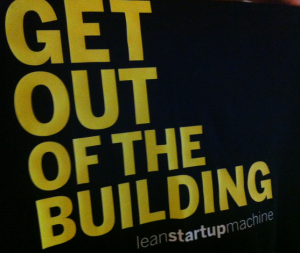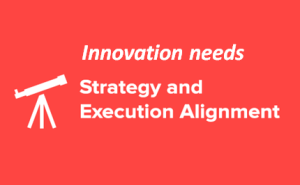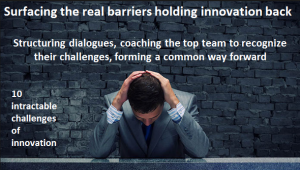 Often you hear the request made of “can you give us a best practice snapshot; we would like to get a sense of where we are”.
Often you hear the request made of “can you give us a best practice snapshot; we would like to get a sense of where we are”.
Firstly please forget best practice, this is a mistake for you in a rapidly changing world
The trouble with best practice is you are looking at someone else’s practices and these are highly individual, made up of different groups of methodologies, processes, rules, theories, values and concepts. These together have provided that specific company a level of success that others – mostly competitors – begin to notice and just attempt to copy.
No, there is no such thing as best practices, only your own distinct practices, specific to your own environment, history and needs, you can’t simply pick up and plug and play, as one organization’s initiative is never the same set of conditions or positioning that others can simply copy.
Continue reading “Please forget best practice, it is all about next practice”







